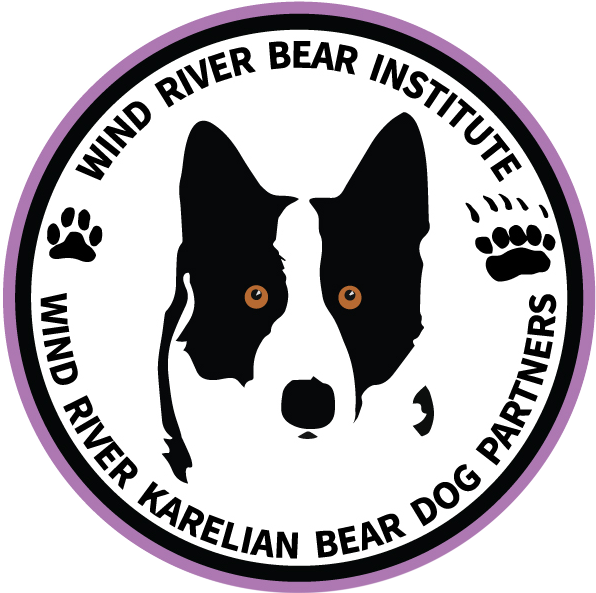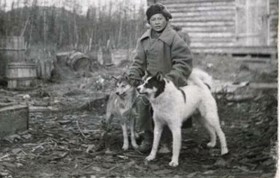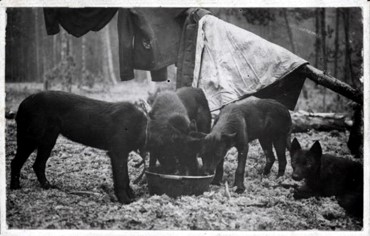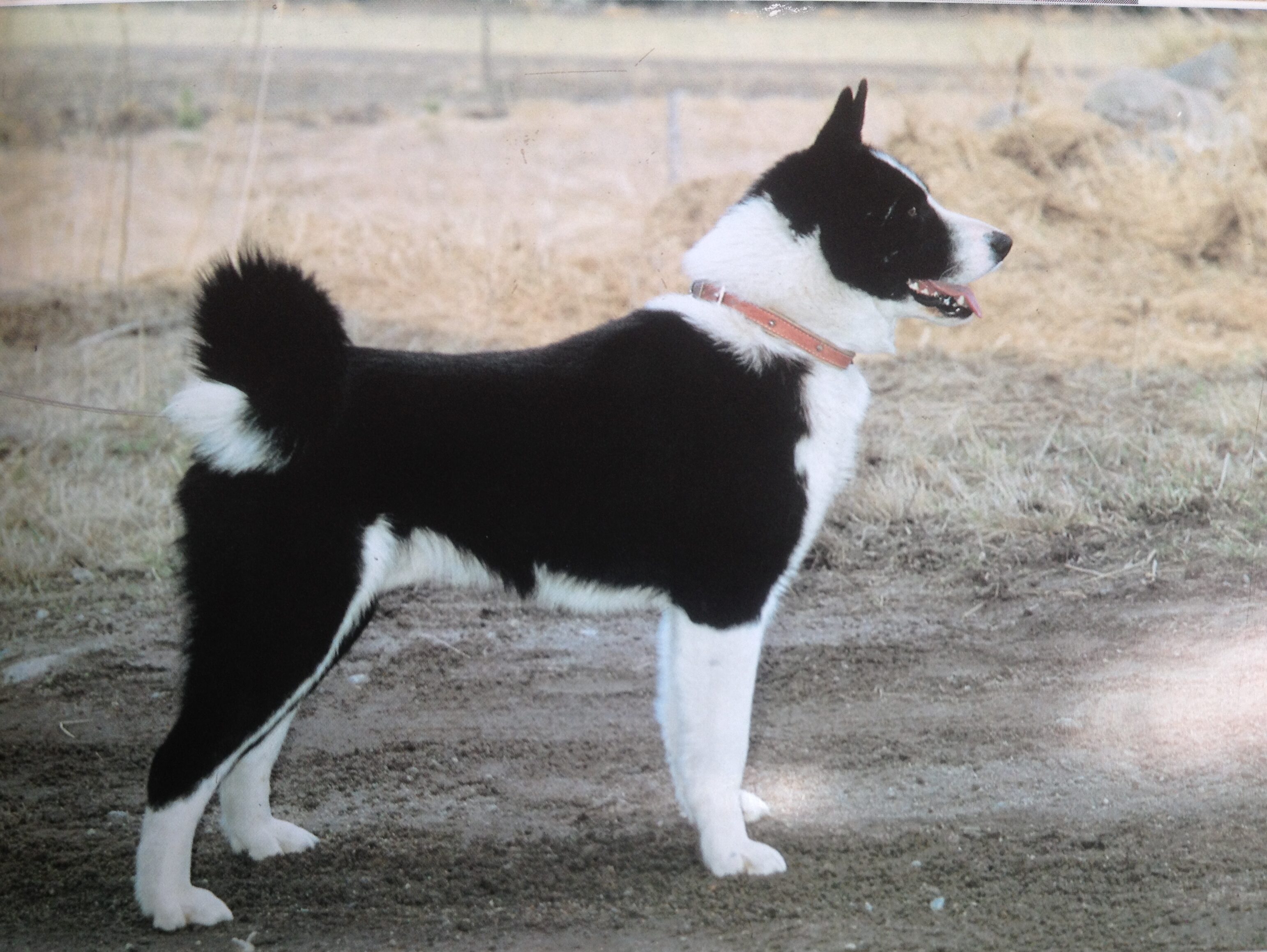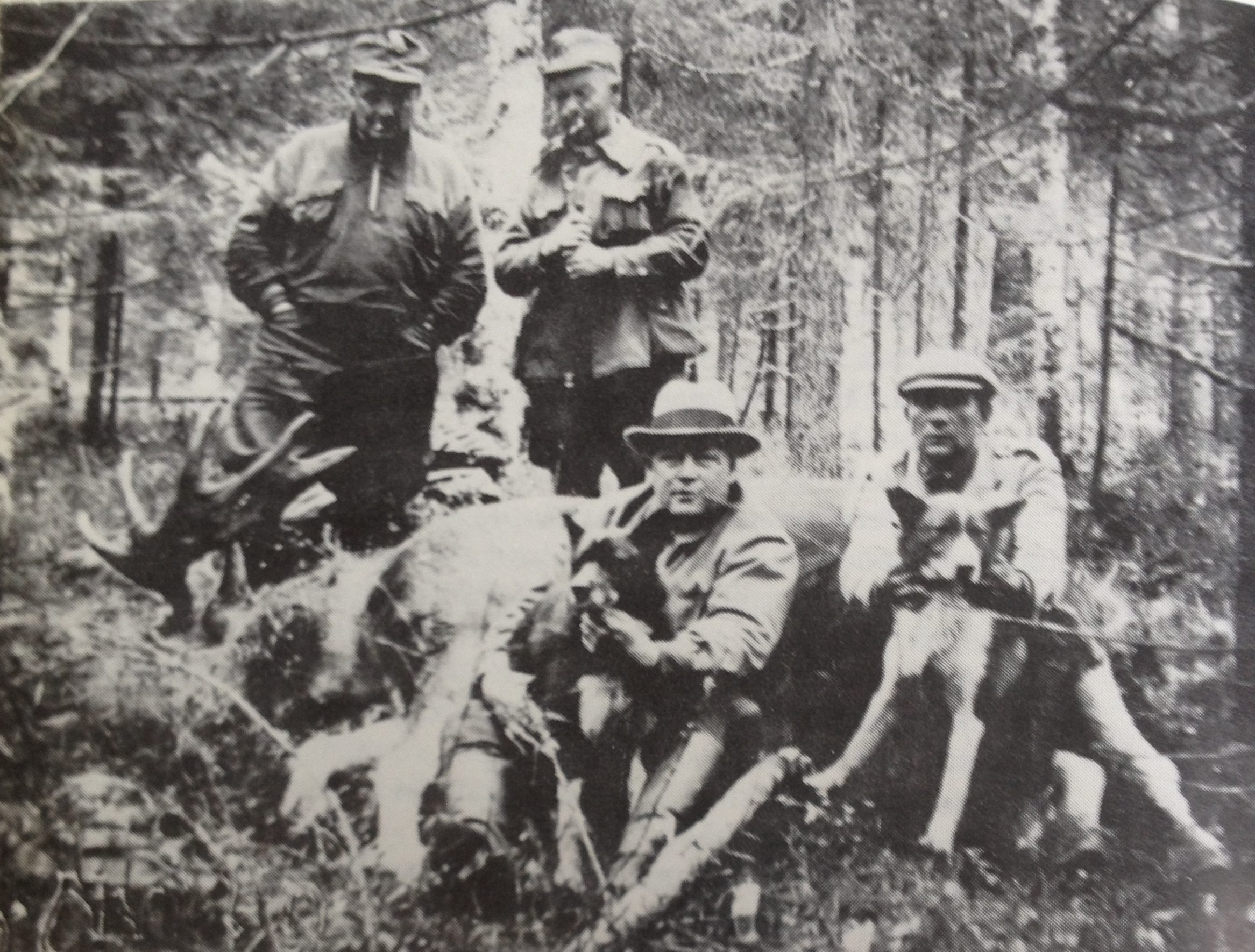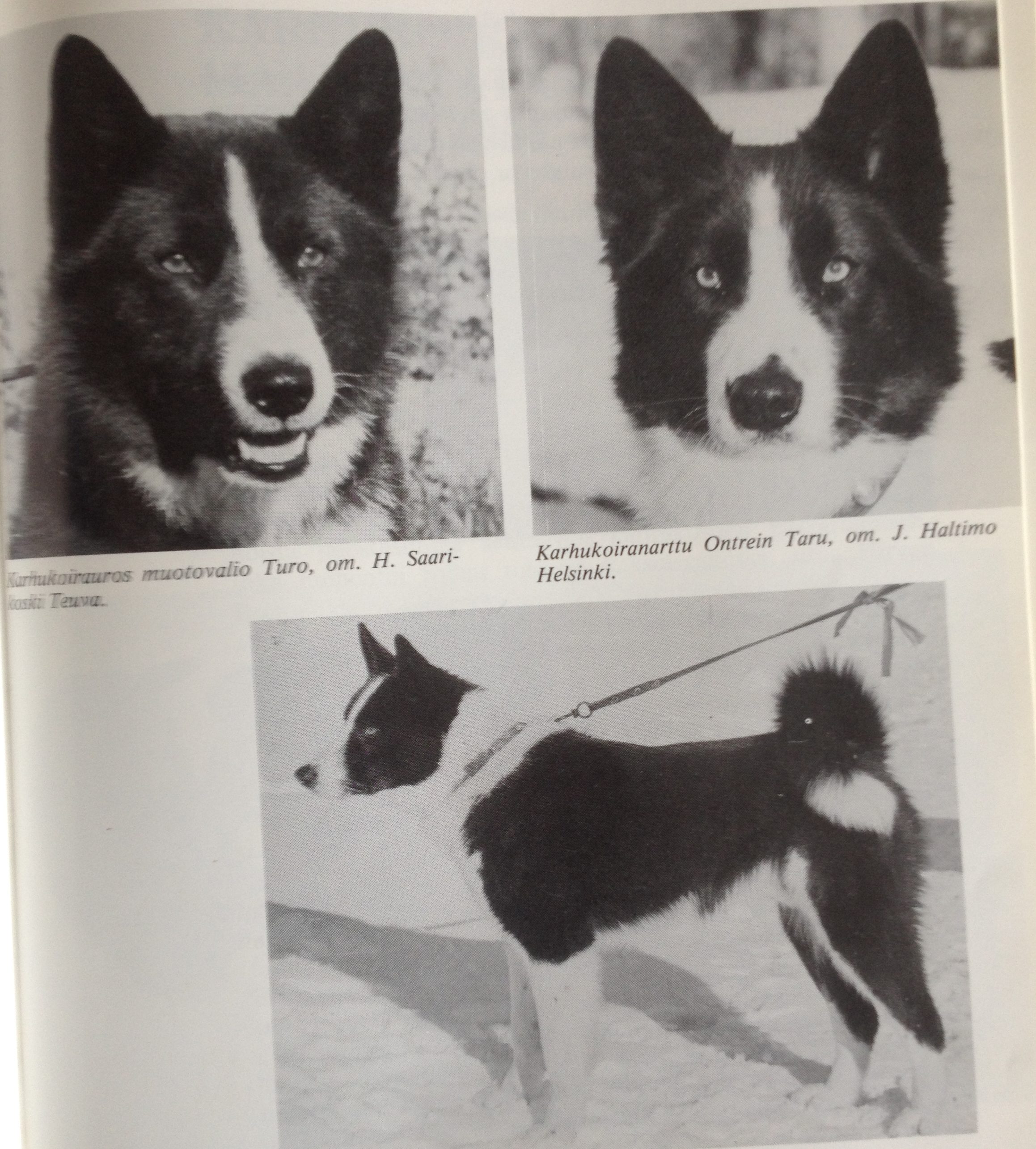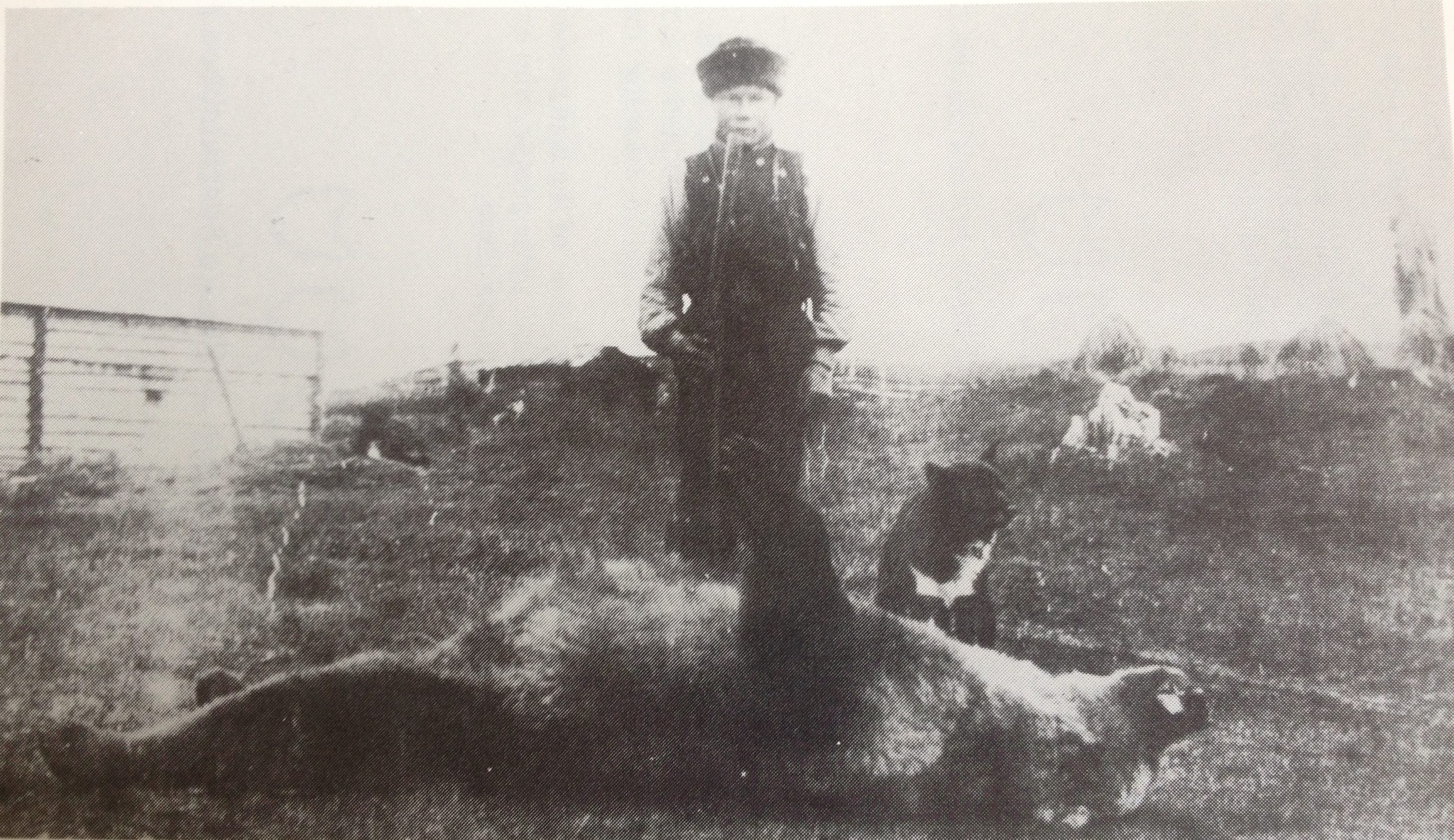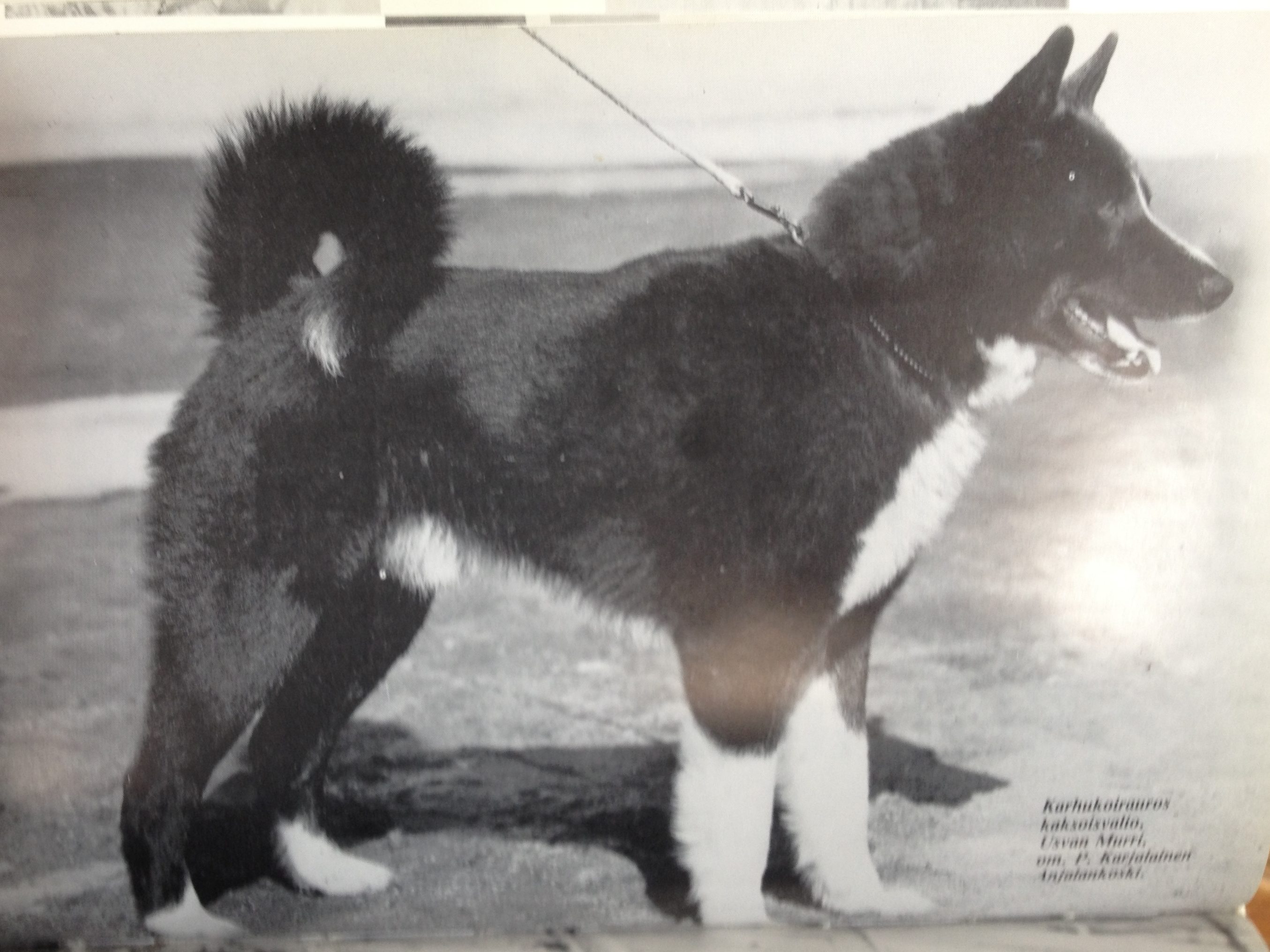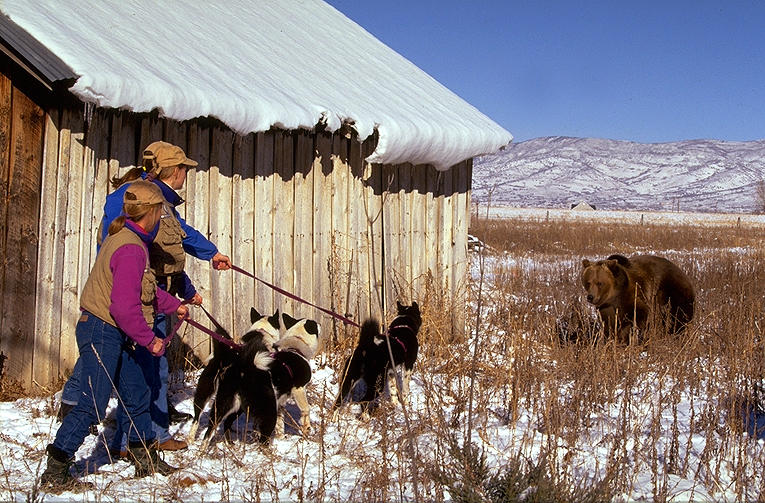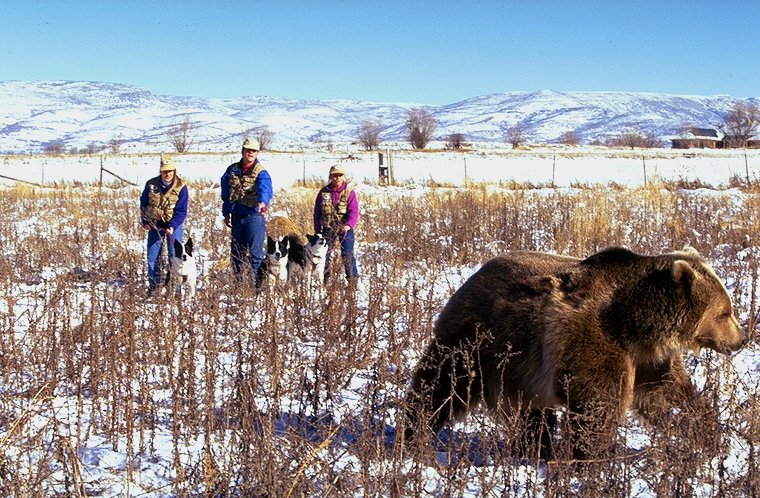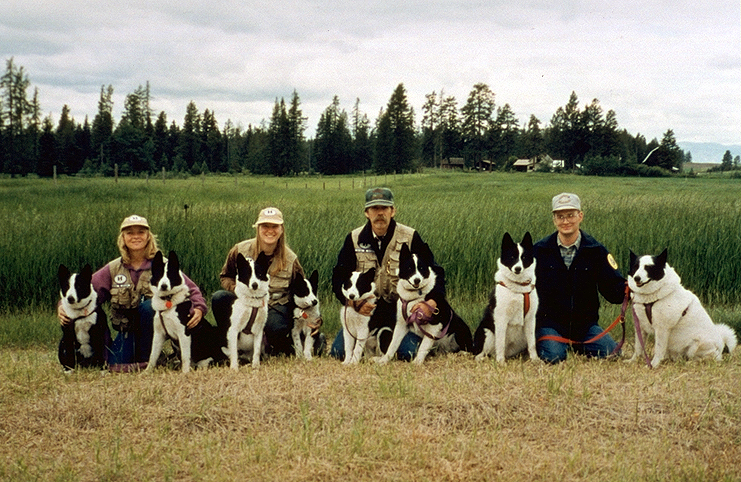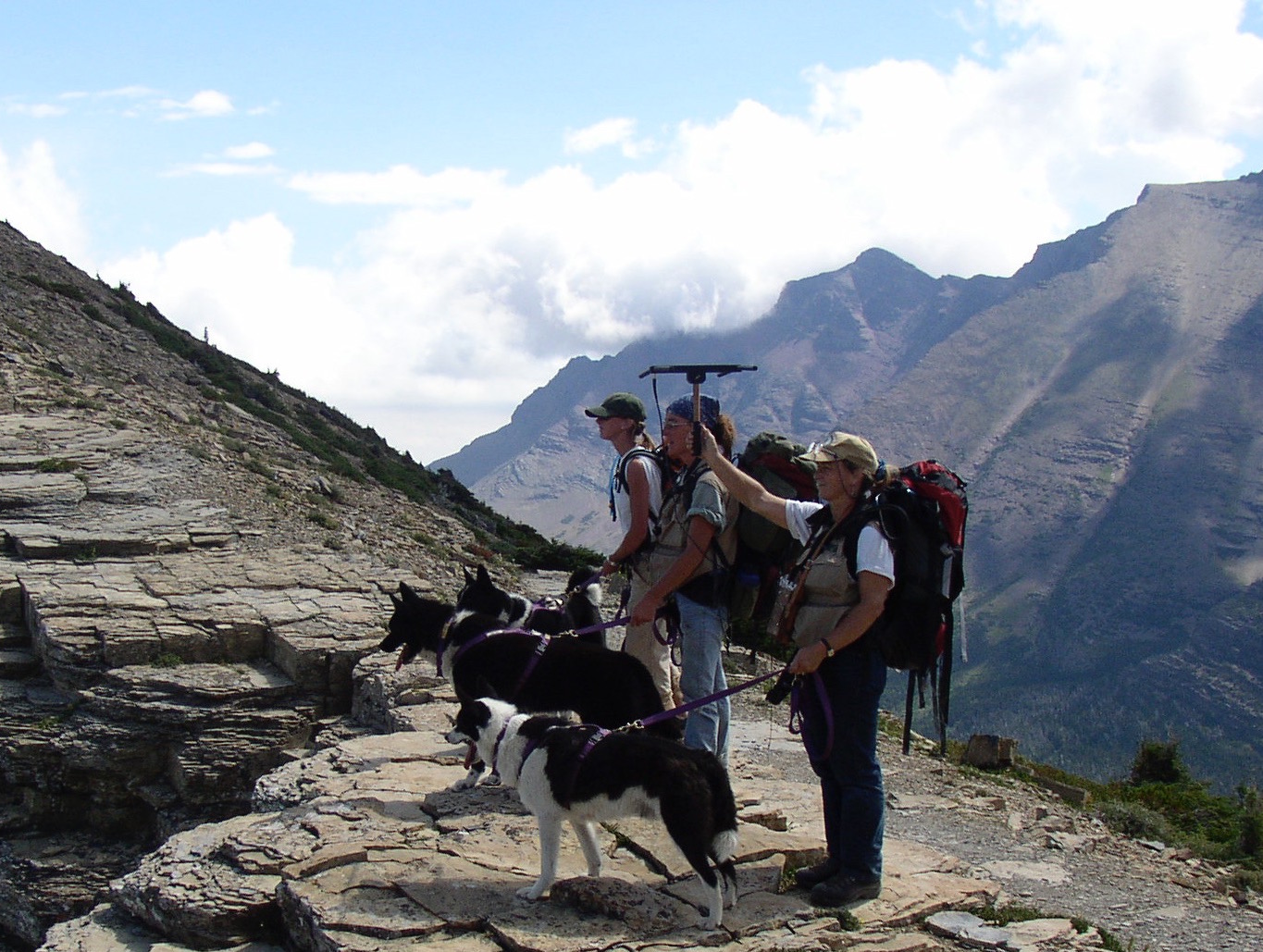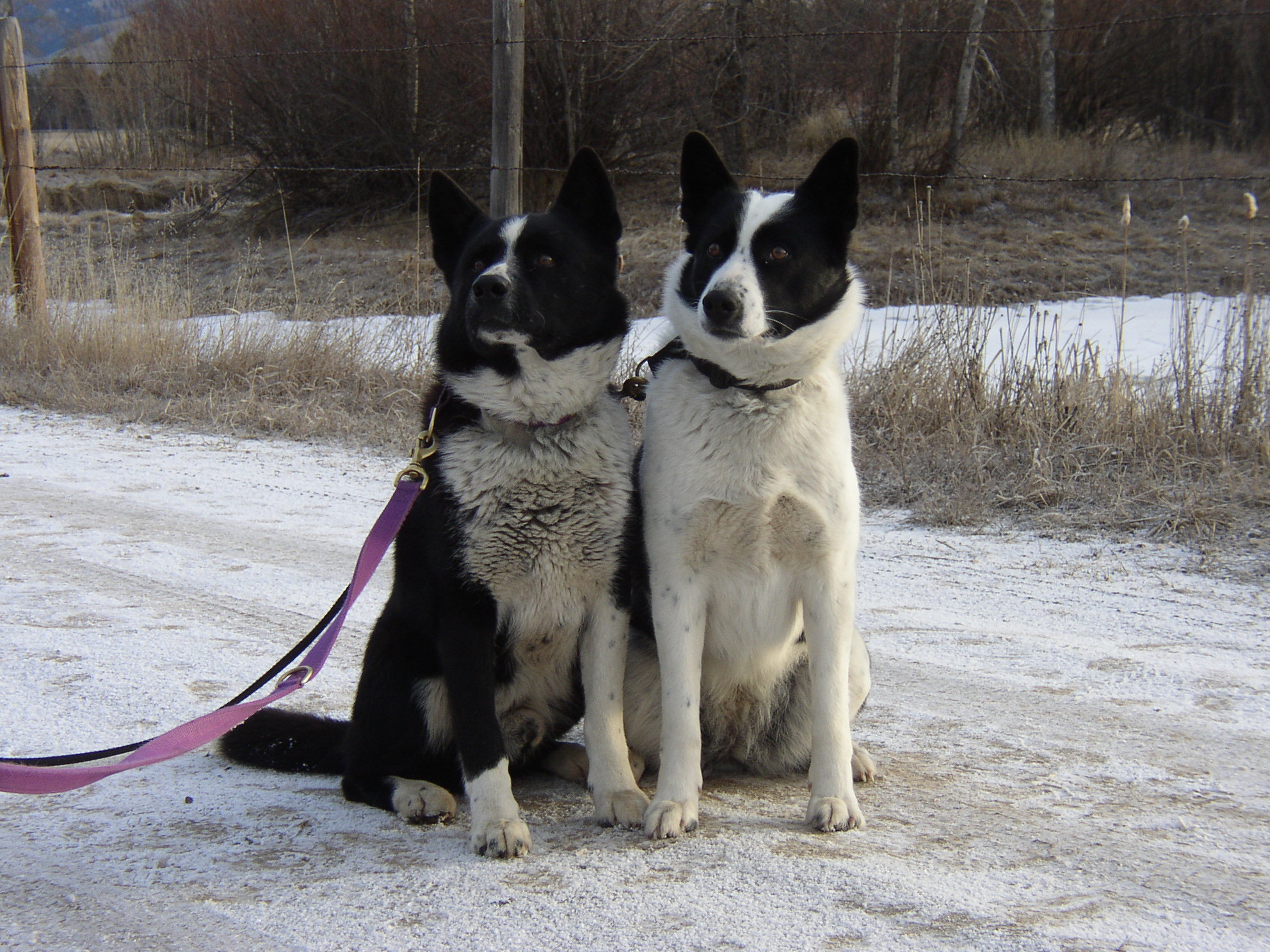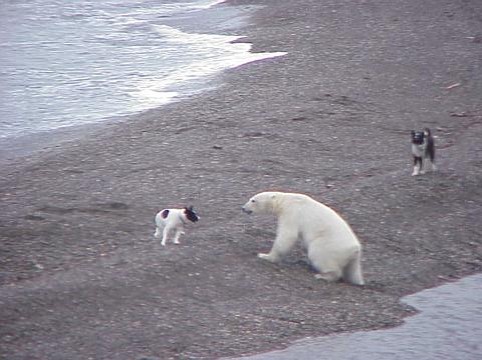KBD Breed History
Translated by Vladimir Beregovoy
In 1936, Finnish and Scandinavian kennel clubs recognized this breed [Karelian Bear Dog]. In the appearance, the Karelian Bear Dog is very similar to the Russo-European Laika. This similarity is not accidental. Original breeding dogs used for the development of the Karelian Bear Dog were dogs from Karelia. Laikas of Arkhangelsk Province certainly took part, because hunters imported them many times into Karelia. Therefore, because the Karelian Bear Dog and the Russo-European Laika have common ancestors, they are extremely similar in the appearance and genetically and to a certain extent may be considered as one breed. Perhaps, it would be not a big mistake to consider the Karelian Bear Dog a peculiar and well developed type of the Russo-European Laika. Differences are a result of selection of Russo-European Laikas to the type conducted by Finnish cynologists under conditions of isolation and some other factors. Therefore, Finnish cynologists have a reason to consider this dog a separate breed. The Karelian Bear Dog is a middle size dog with slightly extended body, sturdy built, strong and bold. Males are 54-60 cm at withers and females are 49-55 cm at withers. Coat color is black (black with brownish shade is preferred over shiny black), usually with white spots and markings on the head, neck, chest, belly and legs. White and black, gray and gray with white coat colors are still allowed by the breed standard, although now such dogs almost never occur. The head of the Karelian Bear Dog resembles a blunt cone. The muzzle is with powerful jaws, lean, slightly shorter than the skull, tapering to the end, but not pointed. Forehead relatively broad and slightly rounded. Cheeks are well developed. Ears are of medium size, set wide apart and slightly tilted forward and tips of ears are rounded. Eyes are brown, relatively small and rather straight set. Expression is alert and fiery. Body is well developed, slightly longer than height at withers. Forequarters and hindquarters are lean and strong. Hind legs are slightly straightened at hocks. Tail curving over the back or pressed to the thigh. It is desirable so the curving part of the tail formed a complete ring. It should be pointed that among Karelian Bear Dogs there are individuals naturally bobtail or shortened tail with length about 4-5 cm resembling tail of a lynx. Number of puppies born without tail or abnormally short tail is 10-15%. Short tails are still allowed by breed standard, but is considered not desirable. Coat of the Karelian Bear Dog is formed of dense, soft undercoat and long coarse and close guard hair. The Karelian Bear Dog is characterized by a bold, excitable and somewhat stubborn character. Aggressiveness against humans is not typical, although these dogs are cautious and aloof with strangers. They are devoted and affectionate with their owners. Karelian Bear Dogs are aggressive towards other dogs and often become engaged in fights. Hunting qualities of the Karelian Bear Dog are typical of a hunting big game dog. In Finland, it is used mainly to hunt moose. Task of the dog is to find a moose and bay it. The Karelian Bear Dog keeps frequent contacts with the hunter and does not run away from him too far while chasing game. In the past, best of these dogs were used to hunt bears, henceforth the name of the breed. It is difficult to judge how good Karelian Bear Dogs at bear hunting. In Finland, bears are rare and, evidently, only a few dogs can be used to hunt bear. For Soviet cynologists and dog breeders, the Karelian Bear Dog may be interesting for breeding.
Frequently Asked Questions
should I own a kbd?
Can all KBDs work bear?
What is a Wildlife K-9?
How do you train Widlife K-9?
Do you sell kbds?
working dogs for wildlife conservation
WRBI Introduces the "Wildlife K-9"Karelian Bear Dog as Wildlife K-9
Wind River KBDs Working in Japan
Wind River KBDs Working in Alaska
Wildlife K-9s in Action
WRBI at Work in the Arctic
Wind River KBDs on Rover.com!
WRBI on “The Wild” Podcast
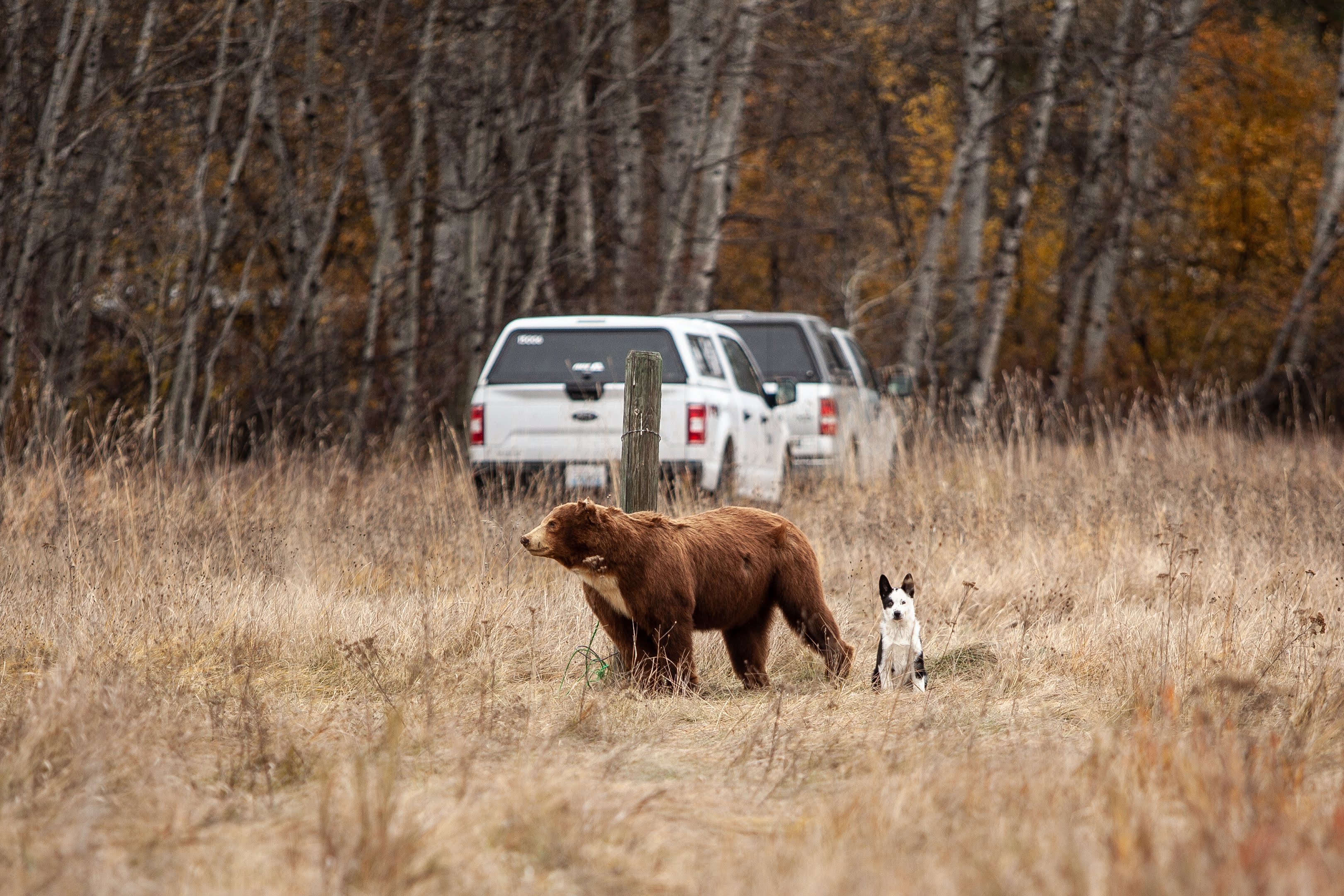
.
Hire Us
Join our cause and hire us to help with your human-wildlife conflict issues today. We offer Wildlife K-9 Teams, consulting, and training services for government agencies, industry groups, and private entities. Our motto is “Teach Your Wildlife Well”.
Donate Now
Contribute to our cause by donating to our programs. All donations will go towards continuing the important work that we do throughout North America and Japan. Your generous donations will help continue and expand the use of working KBDs to keep wildlife on the landscape!
